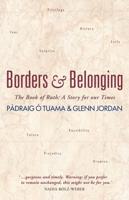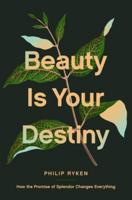Publisher's Synopsis
"Overall, this is a powerful work that touches, delights, and amazes."--Judge: Writer's Digest 21st Annual Book Awards."In This Forest of Monks" was selected as a finalist in both the Poetry and the Spirituality categories of the 2013 Next Generation Indie Book Awards (judge in Poetry: Kenneth Salzmann. Judge in Spirituality: Richard Cook). It also received the following review/statement from the judge of the 21st Annual Writer's Digest Book Awards: "In This Forest of Monks" examines inner and outer worlds--the poet's life as a Trappist monk and his return visit to the forest surrounding the abbey from which he was expelled years earlier; and the monks' spiritual world and its connection to the physical world. The poet accomplishes this with great skill and art. The writing is excellent; the Han Shan-inspired pieces are simple, clean, and direct. The longer poems are crafted with utmost care and clarity, always with lovely texture and sound. Even when recounting the pain of the poet's expulsion from monastic life, the poems create a serenity in the reader, as if reading were part meditation. There are some stunning, fresh metaphors, such as '...incense rising out/of the puffing thurible of my body' in 'Hiking the Hill That Overlooks the Trappist Abbey Prior to First Vespers of Christmas, 1990.' The poet aids the success of such images and other references by providing a glossary/notes section that defines terms and identifies points of geography; this thoughtful inclusion adds greatly to the reader's enjoyment of these poems. Often religious icons and imagery are grafted to aspects of nature, as in 'Portal' where an old monk's 'fingers and the twigs of trees' pray 'their rosary beads of rain.' The poet, though, also describes an agonized yearning and sense of mourning as he stands on the outside looking in at the setting of his previous life. An exquisite example of this is 'Through the Cloister Fence' as the poet weeps counting the cemetery crosses that have appeared since his departure; monks have died and the trees he planted are green, but 'Which ones, or how many, who can say?' The material is organized in sections that create a narrative, starting with nine poems addressing the poet's expulsion in 1992; then a section of poems about his years in monastic life; and finally, poems of return. Physically, the volume is nicely done, with an enhanced photo of a forest path that's both colorful and appropriately mystical...Overall, this is a powerful work that touches, delights, and amazes."










